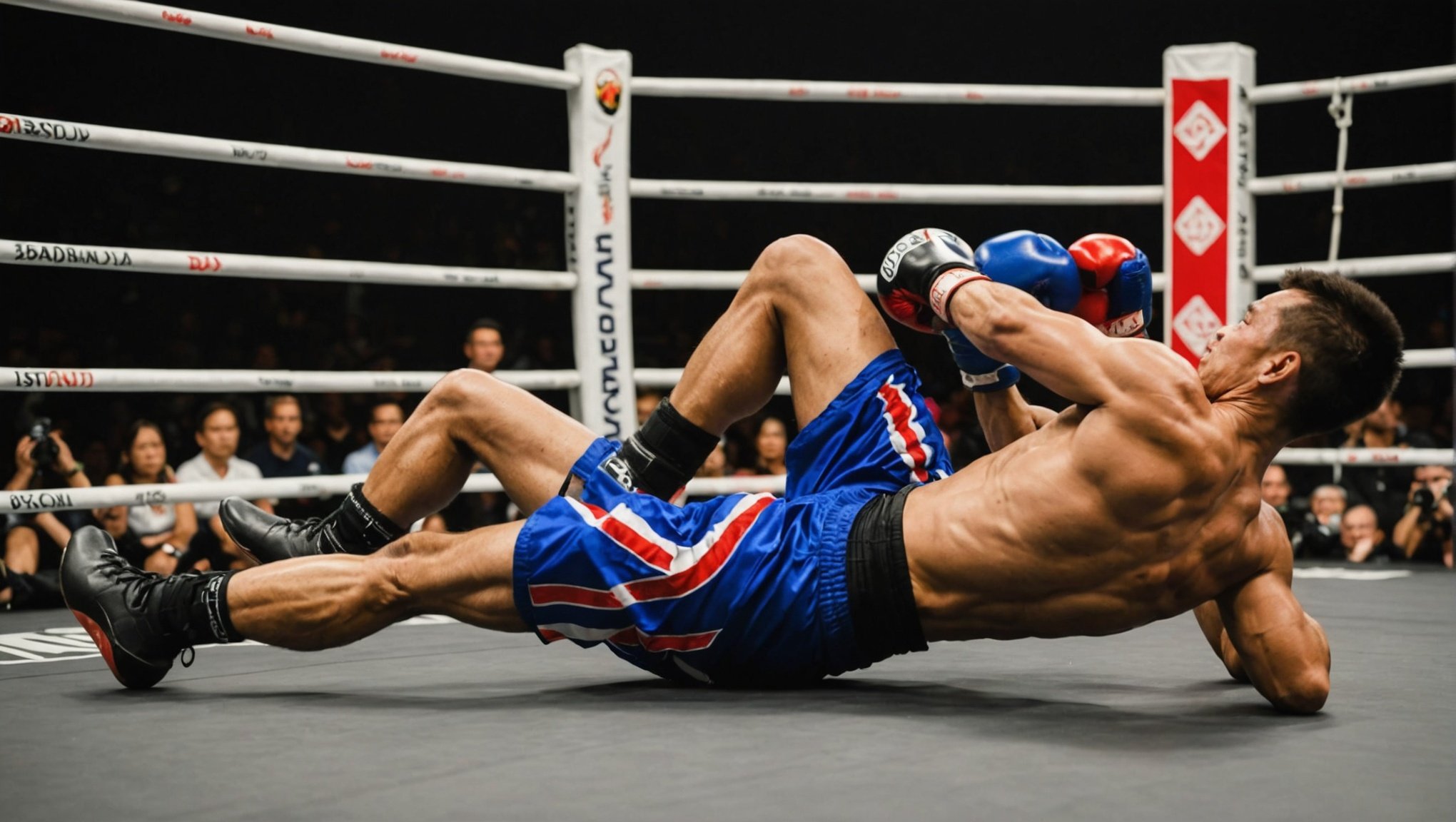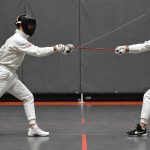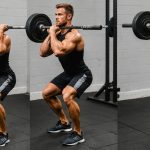Top Ankle Support Strategies for Muay Thai Practitioners in the UK: Enhance Your Performance and Prevent Injuries
Understanding the Importance of Ankle Support in Muay Thai
Muay Thai, often referred to as the “art of eight limbs,” is a physically demanding martial art that requires a high level of agility, strength, and endurance. One of the most critical aspects of Muay Thai training is the protection and support of the ankles, given the frequent use of kicks, pivots, and quick changes in direction. In the UK, where Muay Thai is gaining popularity, practitioners need to be well-informed about the best strategies to support their ankles and prevent injuries.
Common Ankle Injuries in Muay Thai
Research has shown that Muay Thai practitioners are prone to various foot and ankle problems, including callosity, gastrocnemius contracture, toe deformities, and wounds. These issues can significantly impact a fighter’s performance and longevity in the sport. For instance, a fighter like Tawanchai, known for his crisp and versatile striking, would find it challenging to maintain his form and effectiveness with compromised ankle health.
This might interest you : Top Ground Game Enhancement Techniques Recommended by UK Jiu-Jitsu Coaches
Choosing the Right Ankle Guards
Key Features to Look For
When selecting ankle guards for Muay Thai training, several key features should be considered to ensure optimal support and protection:
- Material and Comfort: Look for guards made from high-quality, breathable materials that provide comfort during extended training sessions. For example, the Muay Thai ankle guards from YOKKAO are designed with a focus on comfort and durability, making them ideal for intense training.
- Adjustability and Fit: Ensure the guards are adjustable to fit your ankles snugly. A good fit is crucial for preventing the guards from shifting during training.
- Protection Level: Choose guards that offer adequate protection without compromising mobility. Some guards may have additional padding or reinforced areas for extra protection.
Comparison of Top Ankle Guard Products
Here is a comparison of some top ankle guard products available in the market:
Topic to read : Mastering Off-Season Nutrition: Essential Dietary Strategies for UK Boxers
| Product | Material | Adjustability | Protection Level | Brand |
|---|---|---|---|---|
| YOKKAO Muay Thai Ankle Guards | High-quality synthetic | Adjustable straps | High | YOKKAO |
| Fairtex Ankle Guards | Durable leather | Velcro straps | Medium | Fairtex |
| Twins Special Ankle Guards | Synthetic leather | Elastic straps | Medium | Twins Special |
Additional Support and Protection Strategies
Hand Wraps and Boxing Gloves
While ankle guards are essential, they are part of a broader set of protective gear that Muay Thai practitioners should use. Hand wraps and boxing gloves are crucial for protecting the hands during training and fights.
- Hand Wraps: Hand wraps help stabilize the wrist and protect the hands from impact. They are especially important for preventing injuries during heavy bag work and sparring.
- Boxing Gloves: Boxing gloves not only protect the opponent’s face but also the fighter’s hands. High-quality gloves like those from Askari Fight Wear are designed for both Muay Thai and boxing, offering superior protection and comfort.
Thai Shorts and Shin Guards
- Thai Shorts: Wearing the right Thai shorts can enhance your training experience. Shorts like the Tiger Family Muay Thai Shorts from YOKKAO are made from high-quality satin, providing comfort and freedom of movement. They are designed with traditional Thai craftsmanship, ensuring both style and durability.
- Shin Guards: Shin guards are vital for protecting your shins during kicks and sparring. Look for guards that fit well and offer adequate protection without restricting movement.
Practical Tips for Enhancing Ankle Support
Warm-Up and Stretching
Before any Muay Thai training session, it is crucial to warm up thoroughly and stretch your ankles. Here are some practical tips:
- Ankle Circles: Rotate your ankles in both clockwise and counterclockwise directions to loosen the joints.
- Toe Raises: Stand on the edge of a step or curb and raise up onto your toes, then lower back down. This helps strengthen the muscles around the ankle.
- Calf Stretch: Stand facing a wall with one hand on the wall for balance. Step one foot back about a foot and a half, keeping your heel on the ground. Bend the front knee and lean forward, stretching your calf.
Training Techniques
- Proper Kicking Technique: Ensure you are using proper kicking technique to avoid putting unnecessary strain on your ankles. For example, when performing a roundhouse kick, make sure to pivot on the ball of your foot rather than the heel.
- Gradual Increase in Intensity: Gradually increase the intensity of your training to allow your ankles to adapt. Sudden increases in training intensity can lead to injuries.
Real-Life Examples and Success Stories
Joe Ryan: A British Muay Thai Phenomenon
Joe Ryan, a 20-year-old British Muay Thai fighter, made history by becoming the first fighter from the UK to win a Rajadamnern Stadium Title. Ryan’s success can be attributed to his rigorous training regimen and attention to detail in his protective gear, including his ankle support. His story highlights the importance of proper training and equipment in achieving success in Muay Thai.
Tawanchai: The Versatile Fighter
Tawanchai, known for his crisp and versatile striking, has defended his ONE title multiple times. His ability to maintain peak performance is partly due to his focus on ankle health and support. Tawanchai’s use of high-quality ankle guards and other protective gear ensures he can train and fight at his best without worrying about injuries.
Quotes from Experts and Fighters
- “Ankle support is crucial in Muay Thai. Without proper protection, you’re risking serious injuries that could keep you out of the ring for months,” – Jonathan Haggerty, 2-time ISKA World Champion.
- “I always make sure to warm up my ankles thoroughly before any training session. It’s a small step that can make a big difference in preventing injuries,” – Superbon, ONE Flyweight Muay Thai World Champion.
In conclusion, ankle support is a critical aspect of Muay Thai training that cannot be overlooked. By choosing the right ankle guards, incorporating additional protective gear like hand wraps and shin guards, and following practical training tips, Muay Thai practitioners in the UK can enhance their performance and prevent injuries.
Here is a detailed bullet point list summarizing the key strategies:
- Choose high-quality ankle guards with breathable materials and adjustable straps.
- Use hand wraps and boxing gloves to protect your hands during training.
- Wear Thai shorts that provide comfort and freedom of movement.
- Use shin guards to protect your shins during kicks and sparring.
- Warm up and stretch your ankles before training.
- Practice proper kicking technique to avoid unnecessary strain on your ankles.
- Gradually increase training intensity to allow your ankles to adapt.
By following these strategies, you can ensure your ankles are well-supported, allowing you to train and fight at your best in the dynamic and demanding world of Muay Thai.











